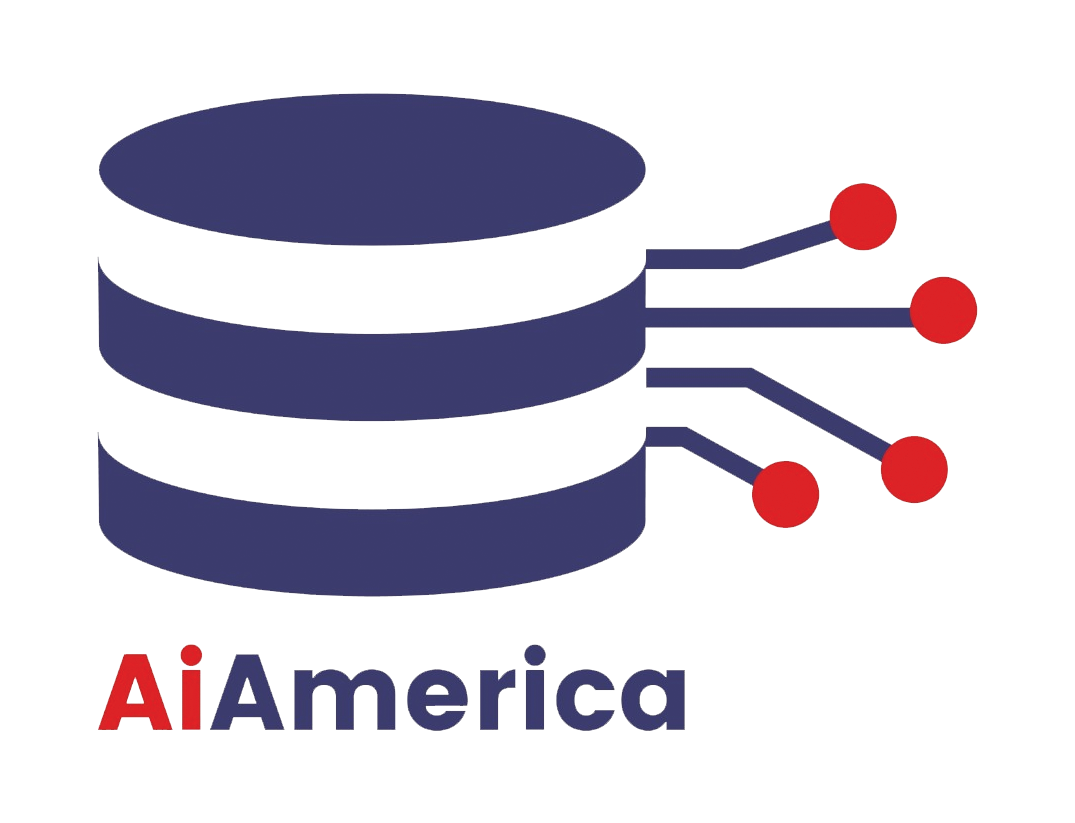
Close

Introduction:
Data comes in all shapes and sizes, often revealing intricate relationships that elude simple analysis. In the world of data science, extracting meaningful insights from complex data structures is paramount. Hierarchical clustering, a versatile unsupervised learning technique, emerges as a powerful tool for this purpose. In this blog post, we will explore the fascinating world of hierarchical clustering, its applications, and how it can unravel hidden patterns in your data.
Chapter 1: The Need for Hierarchy
The Complexity Conundrum
Why traditional clustering methods fall short when dealing with intricate data structures.
Introducing Hierarchical Clustering
An overview of hierarchical clustering and its unique approach to organizing data.
Chapter 2: The Mechanics of Hierarchical Clustering
Agglomerative vs. Divisive Clustering
Understanding the two fundamental types of hierarchical clustering and when to use each.
Linkage Methods
Exploring various linkage methods like single, complete, and average linkage that dictate how clusters are formed.
Chapter 3: Building the Hierarchy
Step by Step: Agglomerative Hierarchical Clustering
A detailed walkthrough of the agglomerative clustering process, highlighting how data points merge into clusters.
Dendrograms: The Visual Representation
How dendrograms visually display the hierarchical relationships between data points.
Chapter 4: Applications of Hierarchical Clustering
Biology and Genetics
How hierarchical clustering aids in genetic analysis, identifying species, and understanding evolutionary relationships.
Market Segmentation
Using hierarchical clustering to segment customers based on purchasing behavior and preferences.
Chapter 5: Hierarchical Clustering for Anomaly Detection
Anomaly Detection with Hierarchical Clustering
Detecting unusual patterns or outliers within complex data structures.
Chapter 6: Challenges and Considerations
Scaling to Big Data
Strategies for adapting hierarchical clustering to large datasets.
Interpreting the Hierarchy
Guidelines for deriving meaningful insights from hierarchical cluster dendrograms.
Chapter 7: Hierarchical Clustering in Practice
Real-Life Use Cases
Exploring real-world scenarios where hierarchical clustering has driven data-driven decision-making.
Chapter 8: The Future of Hierarchical Clustering
Combining Hierarchical Clustering with Deep Learning
How the fusion of hierarchical clustering and deep learning is expanding the horizons of data analysis.
Conclusion:
Hierarchical clustering is more than just a data analysis technique; it’s a pathway to unraveling the complex relationships within your data. Whether you’re working in genetics, marketing, anomaly detection, or any field where data complexity reigns supreme, hierarchical clustering equips you with the tools to navigate and comprehend intricate patterns.